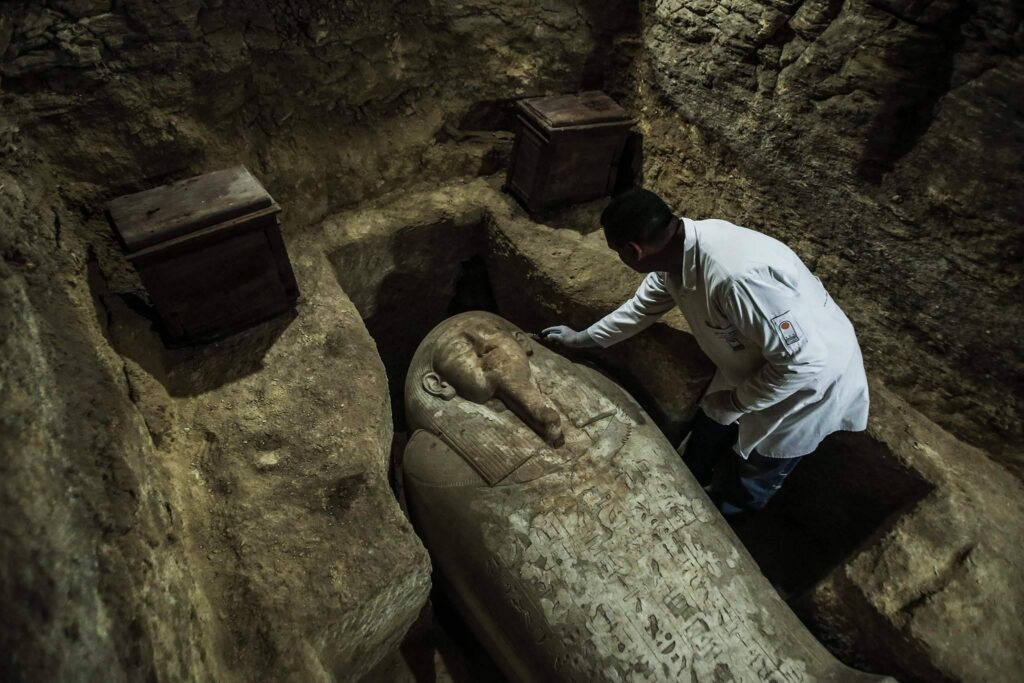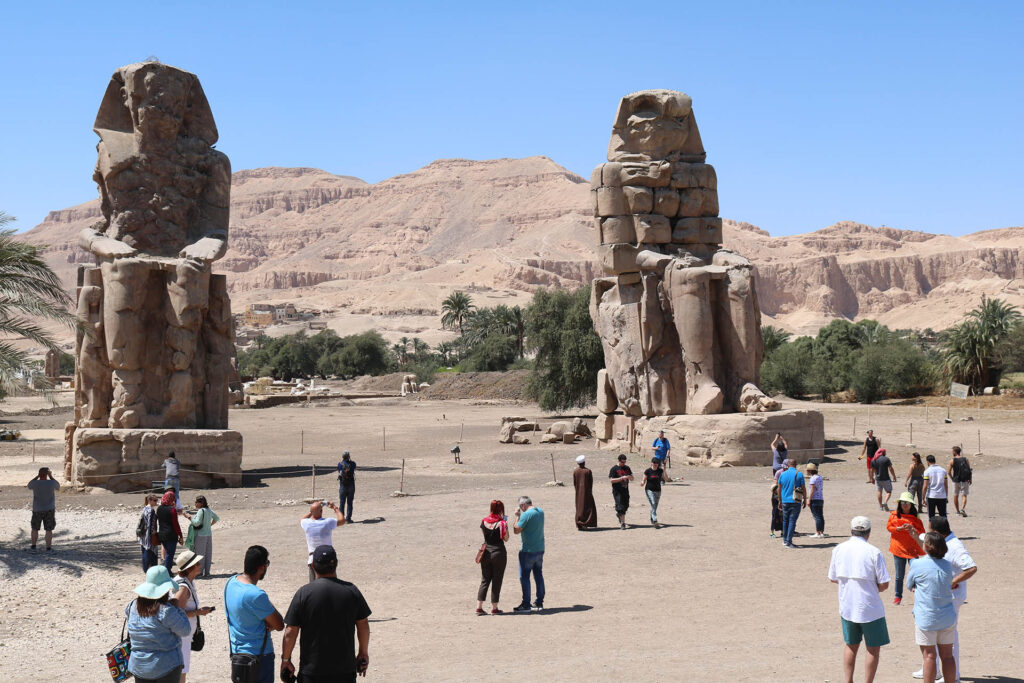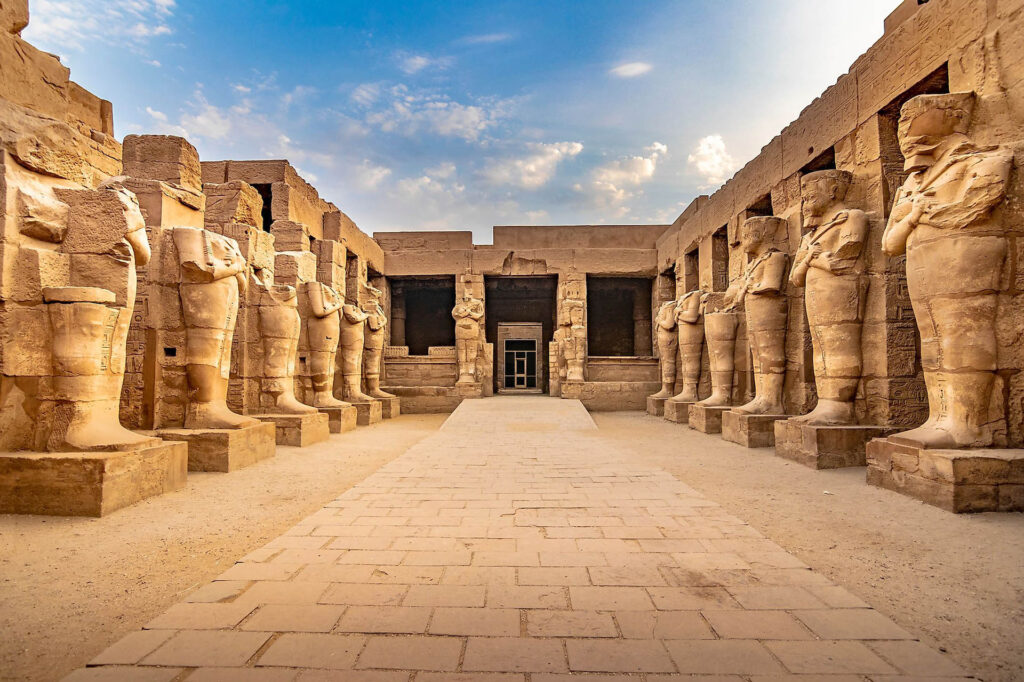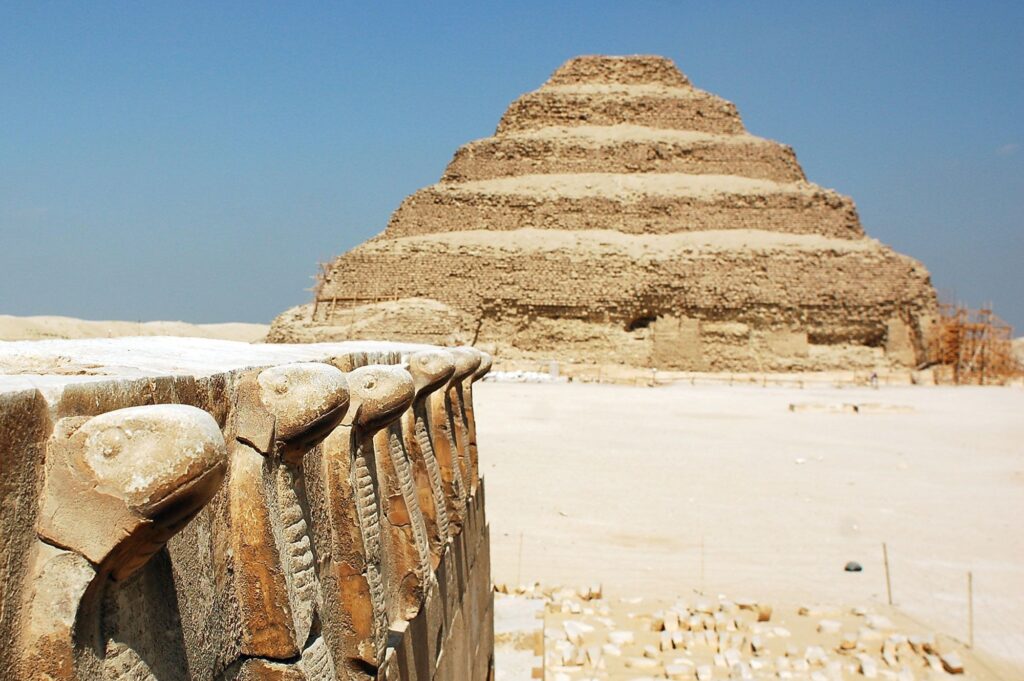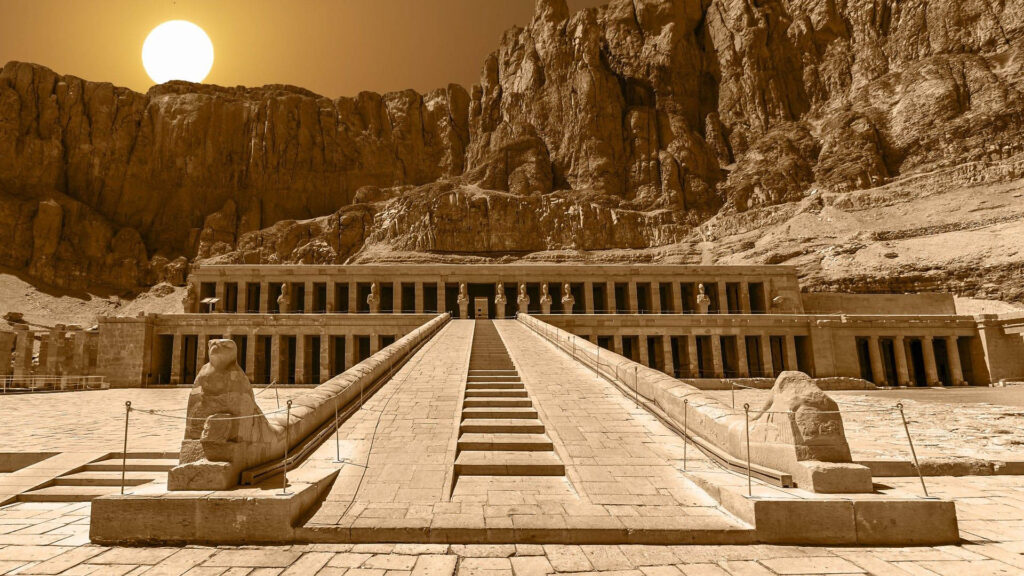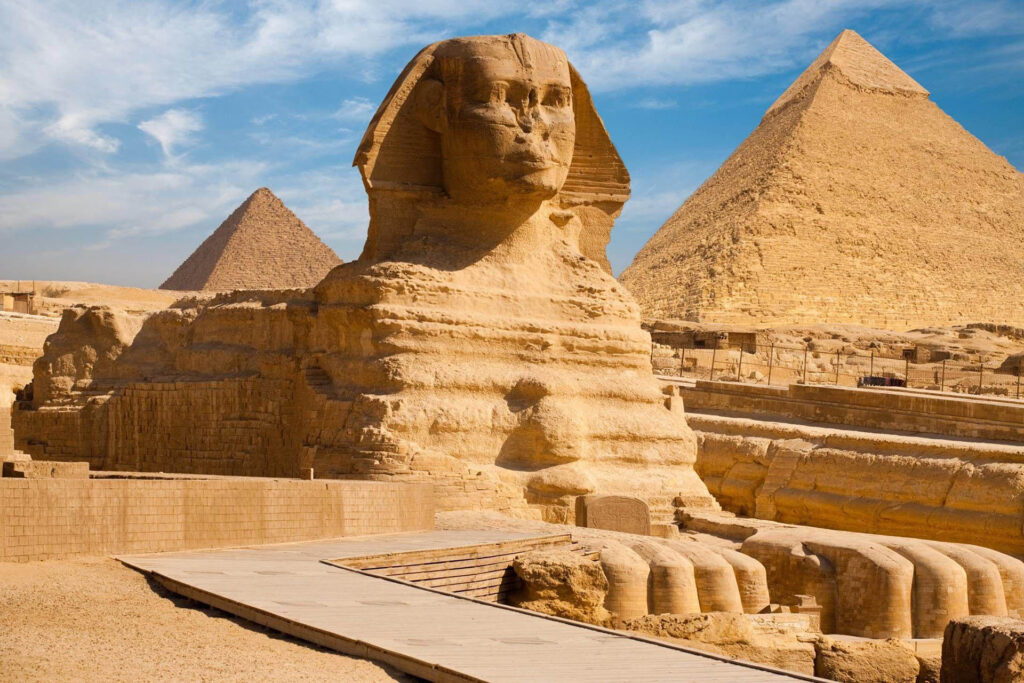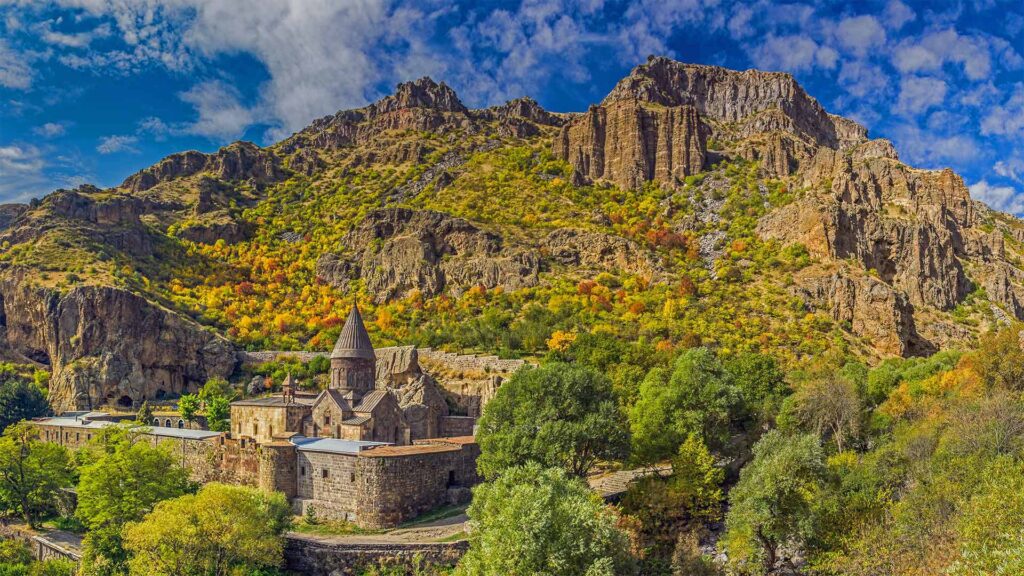Introduction the Mogao Caves
The Mogao Caves, also known as the Caves of the Thousand Buddhas, are one of China’s most remarkable Buddhist art sites located near the oasis town of Dunhuang in northwestern China’s Gansu province. Carved into the cliffs of the Singing Sands Mountains, these 492 temples form a system of 492 temples featuring exquisite murals and sculptures that span over 1,000 years of Buddhist art in China.
An Oasis of Buddhist Art
The origins of the Mogao Caves date back to 366 AD when a Buddhist monk named Yuezun saw a vision of thousand Buddhas bathed in golden light at the site. Inspired, he began carving the first cave to serve as a place of meditation and worship. For the next thousand years, devout Buddhists, monks, travelers, and royal patrons continued to excavate more caves and fill them with incredible Buddhist art.
By the 11th century, there were over a thousand caves at Mogao. However, many were abandoned after the Silk Road declined in importance after the 15th century. Today, 492 cave temples remain containing 2,400 statues and 45,000 square meters of murals. This makes Mogao one of the largest and most important Buddhist art sites in the world.
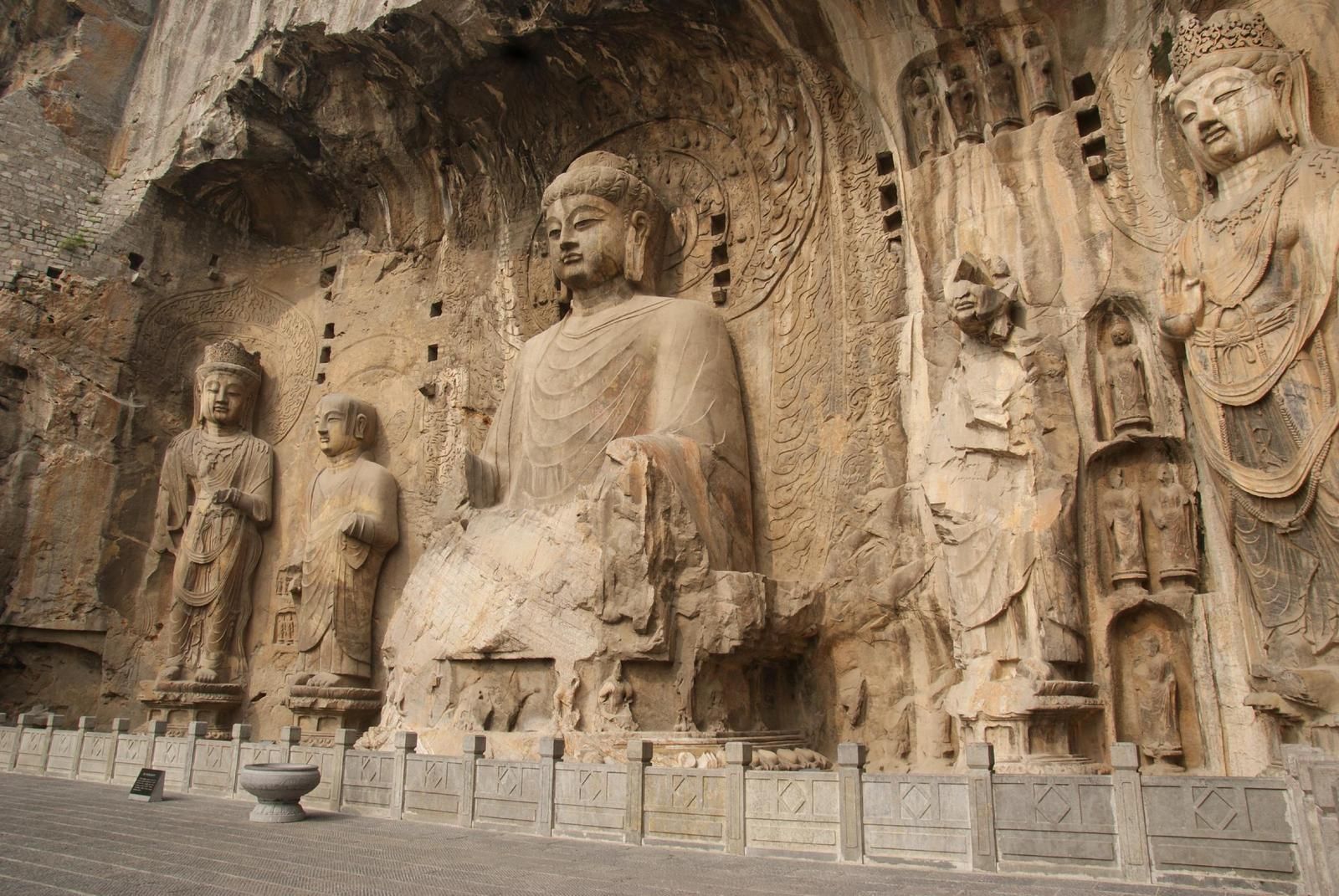
The Magnificent Mogao Caves of China
Architectural Wonders Carved into Sandstone Cliffs
The Mogao Caves are architecturally diverse, ranging from simple meditation halls to enormous multi-story temples. They were carved directly into the porous sandstone of the Singing Sands Mountains, which made excavation relatively easy. The caves can be found stacked on top of each other along a 1.6 km long cliff face.
The earliest caves were carved during the Sixteen Kingdoms and Northern Wei periods (386 – 581 AD). They have a simple rectangular layout and domed ceilings designed for meditation. Later caves grew increasingly large and complex, incorporating ground plans based on Chinese architecture of temples and monasteries. Passageways and stairs connect some caves across multiple stories. The largest cave at Mogao is Cave 96, which is over three stories tall and features an octagonal rotunda.
Many caves also feature large courtyards, pagodas, and verandas carved out of the cliff face and decorated with ornate carvings of deities, bodhisattvas, animals, and flowers. Others have multiple chambers connected by archways and antechambers leading to the main hall with a colossal Buddha statue. The variety of architectural designs reflects the diversity of Buddhist traditions practiced in China over the centuries.
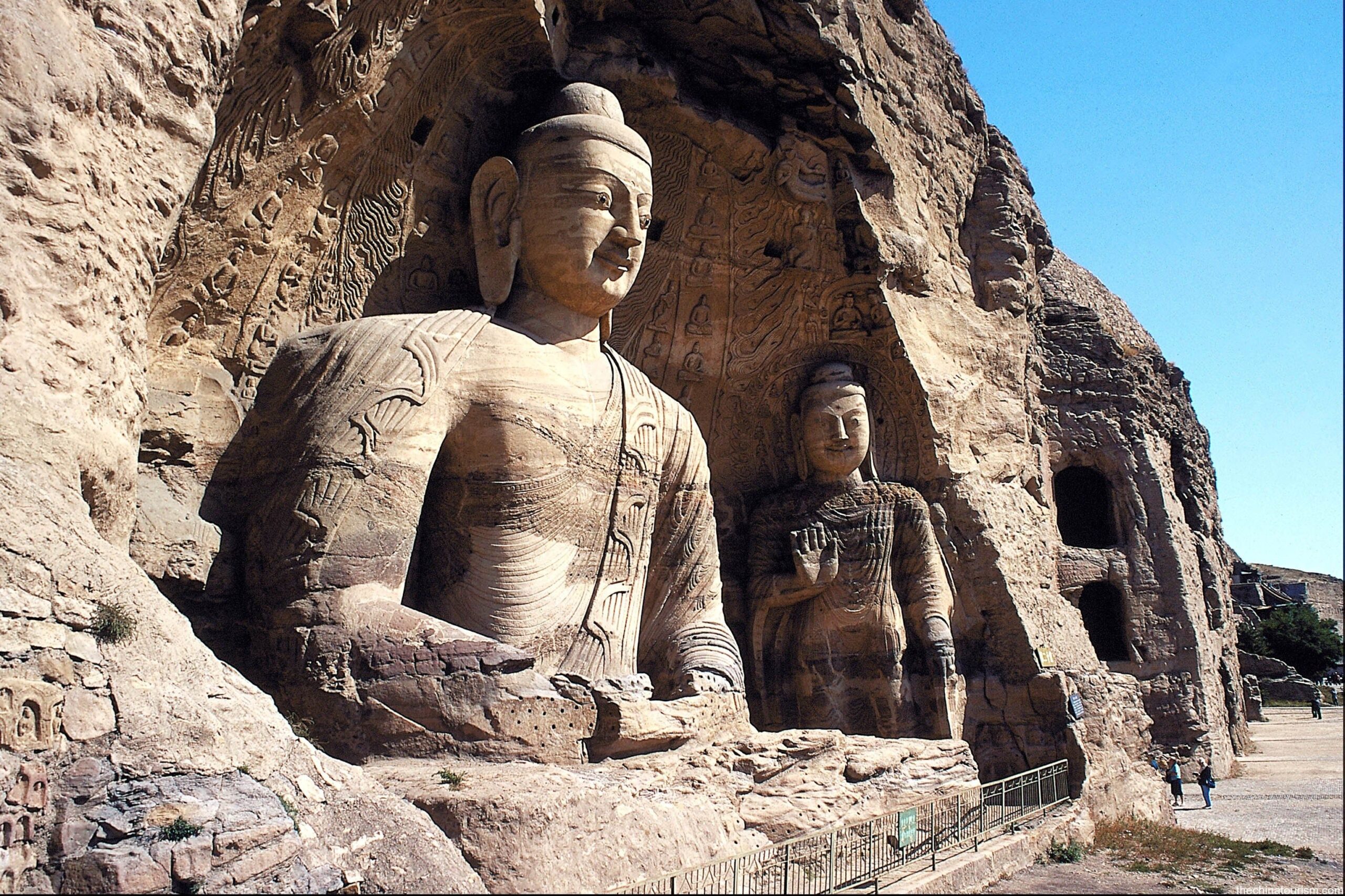
The Magnificent Mogao Caves of China
Breathtaking Mural Paintings
More than any other aspect, the exquisite Buddhist murals of the Mogao Caves have made them famous around the world. Originating in the 4th century AD and continuing until the 14th century, the murals cover over 45,000 square meters of wall space, or about the size of nine football fields. They are considered some of the finest examples of Buddhist art from ancient China.
The murals depict numerous narratives and parables from Buddhist scriptures as well as a plethora of Buddhas, bodhisattvas, guardian deities, animals, and mythical creatures. Some of the most impressive include a 178 foot long painting of Buddha’s temptation by the demon Mara in Cave 96 and the towering 35 foot painting of the Buddha in Cave 148. Intricate paradise scenes, ornate floral designs, detailed architecture, and celestial musicians abound across the cavern walls.
The murals exhibit major art styles that prevailed in China over the millennium from the Northern Wei to the Yuan Dynasty. This includes Gandharan, Central Asian, Tibetan, and Han Chinese Tang painting styles. As a whole, the Mogao Caves murals represent the enduring significance of Buddhist art in ancient China.
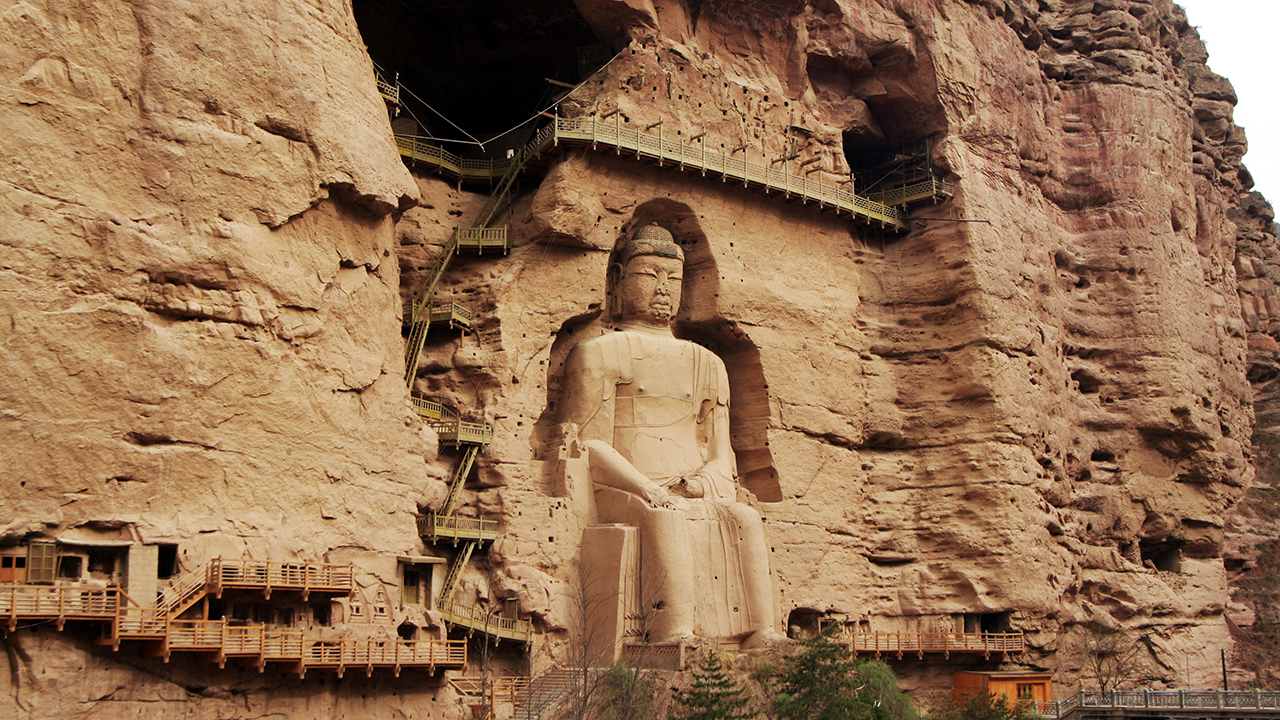
The Magnificent Mogao Caves of China
Hundreds of Wondrous Statues
In addition to murals, the Mogao Caves house a trove of 2,400 statues sculpted from clay, wood, and stone. Ranging from just an inch tall to a towering 130 feet, the statues depict Buddha figures, bodhisattvas, guardians, and other Buddhist icons. They exhibit an incredible diversity of sculptural styles passed along the Silk Road, including Greek, Indian, Tibetan, Han Chinese, Turkic, and more.
Some of the most spectacular statues include the larger-than-life clay sculptures in Cave 130 and the 50 foot reclining Buddha in Cave 148. The colossal seated Maitreya Buddha of Cave 96, carved from Tibetan clay in 667 AD, is arguably the most majestic centerpiece of them all. Intricately carved wooden sculptures of bodhisattvas and disciples in flowing robes also populate many caves. Additionally, small painted clay figurines just a few inches high make up a large portion of the collection.
This astonishing array of sculptural techniques, mediums, sizes, and styles make the Mogao Caves one of the premier repositories of Buddhist statuary. The statues stand as reminders of the remarkable longevity of Buddhist devotion at this Silk Road site.
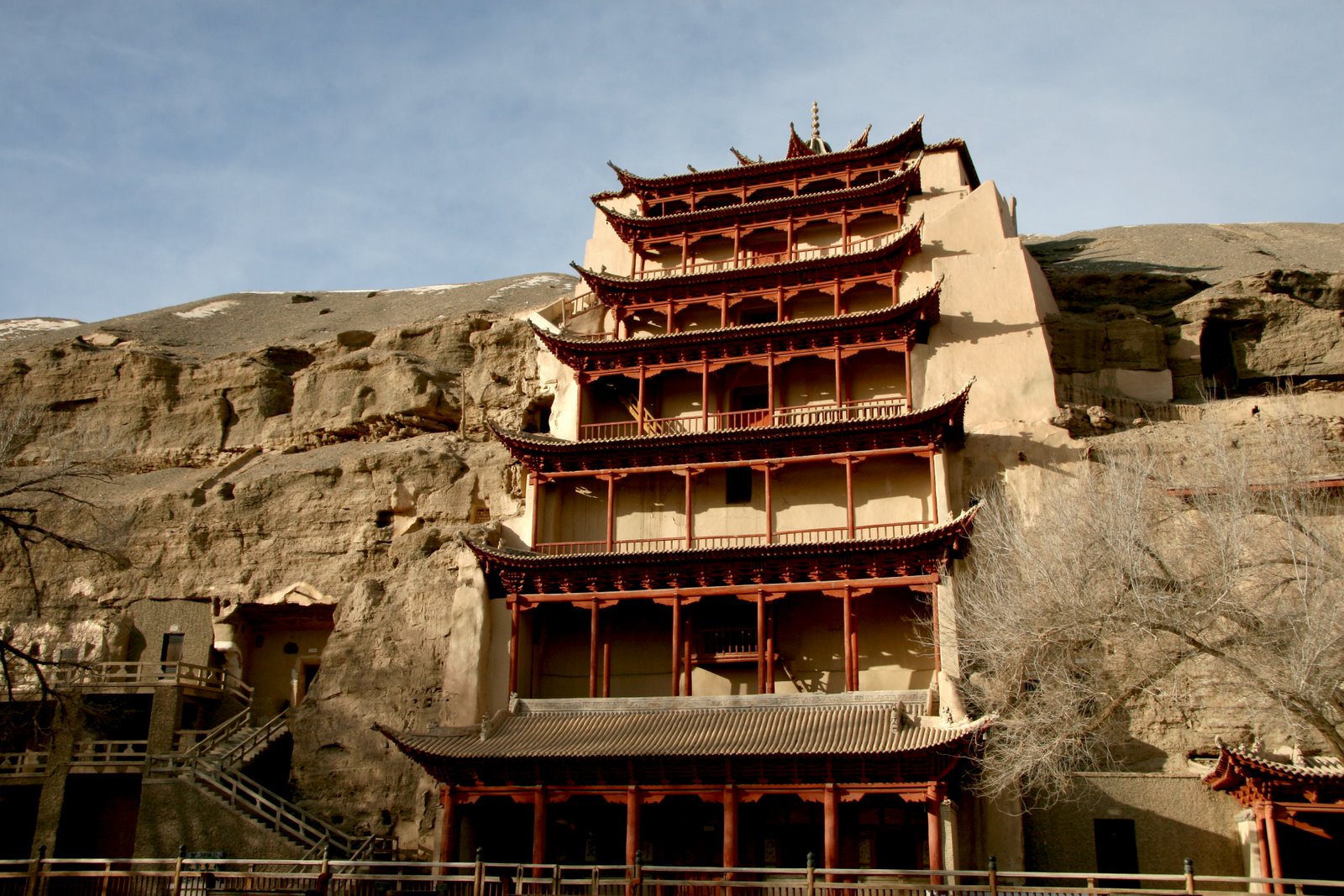
The Magnificent Mogao Caves of China
Threats to the Caves Today
As with many ancient sites, the Mogao Caves face ongoing threats today. The porous nature of the cliffs’ sandstone has caused some caves to collapse. Flaking and decay due to natural erosion and humidity also threaten the mural paintings. Defacement and graffiti by vandals is another problem, especially since increased tourism developed in recent decades. Furthermore, plans to expand tourism facilities have raised concerns about encroachment on the historic site.
Conservation and research efforts continue in order to safeguard the caves for future generations. In 1987, the Mogao Caves were declared a UNESCO World Heritage Site in recognition of their outstanding cultural importance. Continued protection and study remain paramount to preserve these spectacular grottoes of Buddhist art for posterity.

The Magnificent Mogao Caves of China
An Enduring Legacy
The Mogao Caves stand as one of the most culturally significant Buddhist art sites in the world after over a thousand years. As an invaluable repository of art, architecture, and religion along the ancient Silk Road, the Caves represent a powerful testament to the enduring heritage of Chinese Buddhist devotion. The magnificence, sanctity, and sheer endurance of this sacred site in the Singing Sands Mountains will no doubt continue inspiring wonder for centuries to come.

